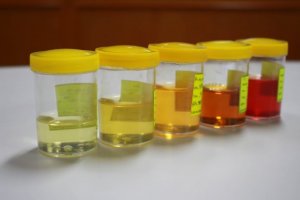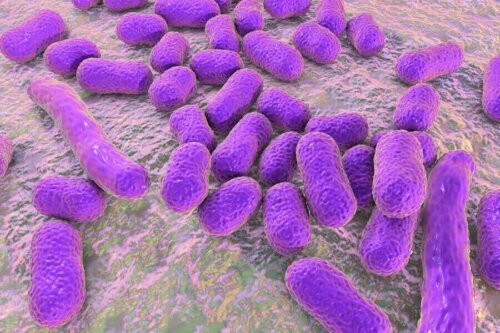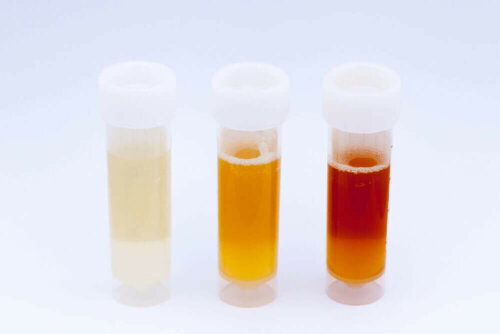Things Taken into Account Regarding Urine Abnormalities

Are you aware of the causes of urine abnormalities? Do you care to know? Perfect then, we’re about to tell you everything you need to know about it.
Urine is a liquid the kidneys produce after they filter organic waste and excess water. Then, it reaches the ureters and finally the bladder, where it’s stored.
This substance is usually composed of 96% water. The other 4% is composed of dissolved substances such as urea, uric acid, creatinine, chloride, etc. All these components must be evaluated when there’s a urine alteration.
After the bladder, your body expels urine through the urethra. The first organ can store up to 170-180 cc of urine in three to five hours if it works as it should.
Urine abnormalities – various things to consider

Urine output problems
Urine output changes due to many different factors or diseases. For example, it may be blocked, usually by stones, but tumors may also cause an obstruction. These changes don’t allow the bladder to empty properly.
In turn, urine output problems may also result from kidney diseases, especially when the patient is experiencing kidney failure.
Infections also affect urine output, as well as bladder control problems such as overactive bladder, incontinence, and benign prostatic hyperplasia in men.
Check out these Six Tips to Eliminate Kidney Stones
Urine abnormalities due to changes in urine composition
As we explained above, although urine is mainly water, it also contains other elements. The levels of these components may increase or decrease, indicating that something isn’t working properly.
A urinalysis measures these components to help diagnose some diseases. Here are some of the urine components that may undergo alterations:
- Proteinuria. This means elevated protein levels in the urine. It may signal the presence of diseases such as diabetes, certain intoxications, glomerulonephritis, or urinary tract infections.
- Glycosuria. This is the presence of glucose in the urine. It’s usually indicative of patients with poorly controlled diabetes and some kidney diseases.
- Pyuria. This refers to the presence of pus in the urine.
- Hematuria. This may indicate urinary infections, kidney stones, or urinary tract cancers. It’s the presence of blood in the urine.
- Bacteriuria. This can be a sign of infection in the urinary system or tract. It’s the presence of bacteria in the urine.

Urine abnormalities due to changes in urine volume
Urine volume can also vary. Anuria is when you don’t produce any urine. On the contrary, polyuria is when you urinate more than normal.
Another urine abnormality is oliguria, which is when there’s low urine output every 24 hours. We should also mention urinary retention, the inability to expel urine.
Finally, urinary incontinence is the involuntary leakage of urine. In this case, it’s difficult to control the amount of urine your eject.
Do you ever wonder Is It Normal to Have to Go to the Bathroom Several Times at Night?
Changes in urine color

The most common changes in urine color are:
- Dark yellow urine is usually a sign of dehydration
- Orange urine may be due to excessive intake of food rich in beta-carotene or the intake of certain medications
- Red or pink urine usually comes from the presence of blood in the urine. Doctors call this hematuria
- Purple urine usually occurs in patients with a urinary catheter due to the transformation of certain pigments due to the bacteria in the catheter tube
- Whitish urine or albuminuria may be due to a severe urinary infection or lymphatic fistula, especially in cases of neoplasia or abdominal trauma
We recommend you visit a doctor if the color change lasts for more than three days. They’ll probably run some tests to diagnose the problem that’s causing the abnormality. It’s also advisable to undergo a checkup if you have other urine abnormality symptoms.
All cited sources were thoroughly reviewed by our team to ensure their quality, reliability, currency, and validity. The bibliography of this article was considered reliable and of academic or scientific accuracy.
- Graff, L. (1983). Analisis De Orina. Analisis De Orina Graff.
- Escalante-Gómez, C., Zeledón-Sánchez, F., & Ulate-Montero, G. (2007). Revisión Proteinuria, fisiología y fisiopatología aplicada. Acta Médica Costarricense. https://doi.org/http://www.scielo.sa.cr/scielo.php?script=sci_arttext&pid=S0001-60022007000200004&lng=en
- Andrés, E., Servicio, R., Fundació, N., & Barcelona, P. (2004). Fisiopatológica de la insuficiencia renal. Anales de Cirugía Cardíaca y Vascular.
This text is provided for informational purposes only and does not replace consultation with a professional. If in doubt, consult your specialist.








